Pollution, emissions and noise: what’s driving advances in bus technology
The buses on display at the UITP Exhibition in Milan offered visitors the opportunity to inspect and discuss four main choices of drive systems: Euro VI diesel, hybrid, CNG and battery electric.
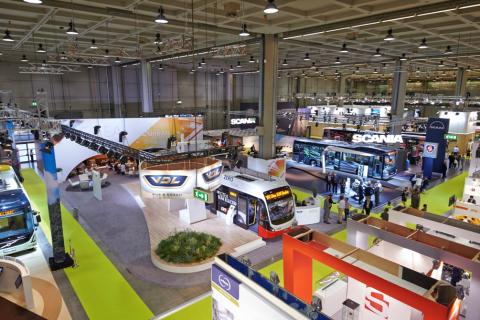
UITP Exhibitions are unique in the bus industry because they attract top professionals from the global industry, people who are responsible for bus system strategies in their cities for the medium to longer term. That is in contrast to the daily demands on operational teams.
Until recently, one of the principal reasons for research into alternative drive systems was the price of oil, but that concern has receded. Pollution, emissions and noise have come up the political and legislative agenda. Buses are a prime target for action because many vehicles with old, polluting, engines continue to work all day in city centres.
While many believe that full electric buses will become the industry standard within ten years or so, at the present time, with the exception of China, sales are at very low levels. One reason is the need to understand the new technology and learn how it works in daily service. Also, what are the whole life operating costs of full electric buses?
While the promotion of zero and ultra low emission buses is commendable, manufacturers have to concentrate on the mainstream production of Euro VI buses and recover the enormous costs of development those engines which are remarkably clean, and fuel efficient represent.
Daimler Buses has sold more than 3,000 buses and coaches with Euro VI engines but is developing a new generation of city bus platforms that will be suitable for diesel, gas, fuel cell and battery power.
Compressed natural gas has been around for many years as an alternative fuel and biogas has become available, mainly in Sweden. While gas buses are heavier than diesel buses, they are usually quieter and emissions are cleaner. Iveco Bus reckons that half of the city buses that it will build this year will be CNG or hybrid powered.
When hybrid buses were first introduced, some saw them as a step on the way to full electric. The technology has been refined and savings in fuel consumption of 30-40% are being achieved, compared with standard diesel buses. Volvo has sold more than 2,000 hybrid buses, refining the concept to include Electric Hybrid, saving up to 60% of fuel, by fast charging batteries at each end of the route. The latest version is all electric, with the first three starting service in Gothenburg next week.
Solaris of Poland has more than 40 full electric buses in service or on order. They use a wide variety of battery and recharging systems, depending on customer choice. That illustrates the experimental nature of the technology at the present time. That is why the UITP ZeEUS project is so important as it seeks to establish industry standards, not just on vehicle systems, but on fast charging, overnight recharging and the implications on the electricity supply system.
This Exhibition has demonstrated that full electric buses will be the future but it will not happen overnight. Further development will be necessary to refine the concept and make electric buses competitive to purchase and to operate.
Author: Doug Jack, Transport Journalist
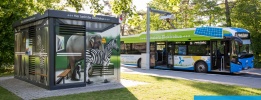

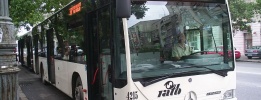

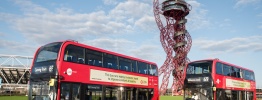
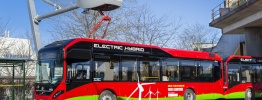
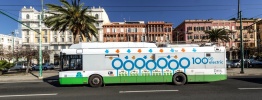
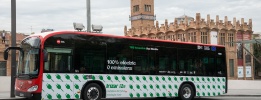

 ZeEUS is co-funded by the European Commission under the 7th Research & Innovation Framework Programme, Mobility & Transport Directorate General under grant agreement n° 605485. The ZeEUS project has been launched by the European Commission in the frame of the European Green Vehicle and Smart Cities & Communities
ZeEUS is co-funded by the European Commission under the 7th Research & Innovation Framework Programme, Mobility & Transport Directorate General under grant agreement n° 605485. The ZeEUS project has been launched by the European Commission in the frame of the European Green Vehicle and Smart Cities & Communities Coordinated by UITP
Coordinated by UITP